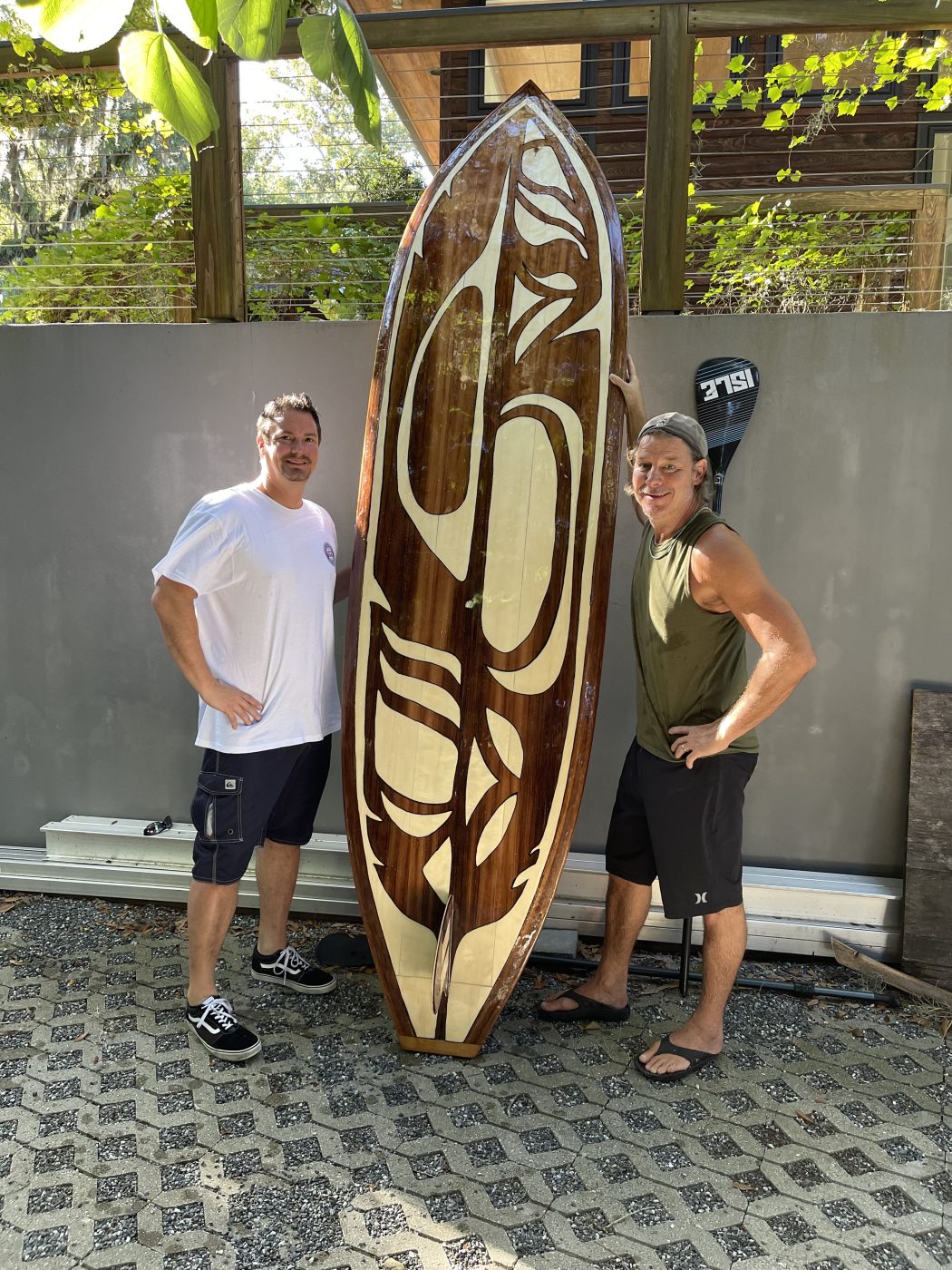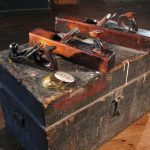We may receive a commission when you use our affiliate links. However, this does not impact our recommendations.
 We’re interviewing makers from across the country. Today we’re featuring Chris Davis, a shop teacher at Henry Ford II high school in Michigan.
We’re interviewing makers from across the country. Today we’re featuring Chris Davis, a shop teacher at Henry Ford II high school in Michigan.
How did you get started woodworking?
I got started in woodworking at a young age with my dad. He was always building something, and I learned a lot of the basics from him. In college I took a job working with a professional woodworker out of his garage. This is where I learned cabinet making and many other skills that I teach in my classes.
Who were your mentors?
Jason Thelen from Little Bay Boards has been one of my biggest mentors when it comes to building paddle boards.
 What is the woodworking program at Henry Ford II best known for?
What is the woodworking program at Henry Ford II best known for?
Our program is best known for building hollow wooden paddle boards for high profile people. We have built paddle boards for Sir Richard Branson, Ty Pennington, Kenny Chesney, Sara Blakely, Jessie Itzler, Carter Oosterhouse and Kristy Petrillo. We are currently building a paddle board for Chip Gaines and a surfboard for 11 time world champ Kelly Slater.
How has the program grown over the years?
When I started, we had three woodworking classes. We are up to six classes now and the big spark happened when we changed our projects from traditional woodworking projects to projects geared towards the action sports industry and students’ interest. Kids love action sports so when we started making longboards, skateboards, snowboards, wake surfboards, and paddle boards, kids started to sign up more and more. They really enjoy riding the boards that they build in class. Social media has also helped grow the program. Our Instagram account @Henryfordiiwoodworking has given us the opportunity to show off the work of my talented students.
 What advice do you give to students who are picking up a tool for the very first time?
What advice do you give to students who are picking up a tool for the very first time?
My advice would be once you understand how to use the tool or machine safely, just go for it. Woodworking is a journey and mistakes happen so don’t get down on yourself. It’s a skill that takes time to build up but to build that skill, you must dive in.
What’s your best hands-on tip or woodworking technique?
In my opinion the best woodworking technique is to fully think through and plan out what you are doing before you start. It seems simple but people just want to start building right away.
Why is woodshop an essential class for high schools to offer?
Woodworking is essential in high schools because it helps give students a place to be creative, work with their hands to create something they are proud of. It teaches kids creative thinking skills and how to “figure it out”. It also gives kids another career pathway that does not involve going to college. Many of my students don’t know what a Philips screwdriver is or how to use a drill when they first get to my class. These are basic skills that I think everyone should know regardless of career choice.
Is there anyone you’d like to shout-out or recommend we follow? Who inspire you? (Doesn’t have to be woodworking related, either.)
My students are my biggest inspiration so I would encourage everyone reading to follow our class Instagram page @henryfordiiwoodworking. Our page gives people all over the world a look into what we do every day in class. It also is a place for woodworkers to message me with tips and projects that I can then teach the next generation.
 This interview was lightly edited for clarity.
This interview was lightly edited for clarity.
Here are some supplies and tools we find essential in our everyday work around the shop. We may receive a commission from sales referred by our links; however, we have carefully selected these products for their usefulness and quality.








